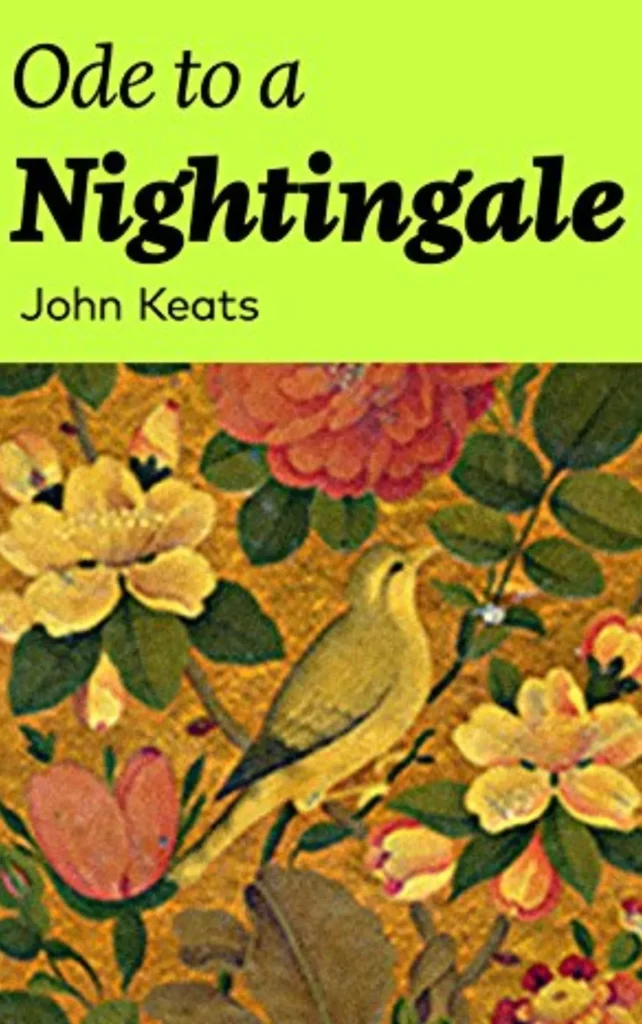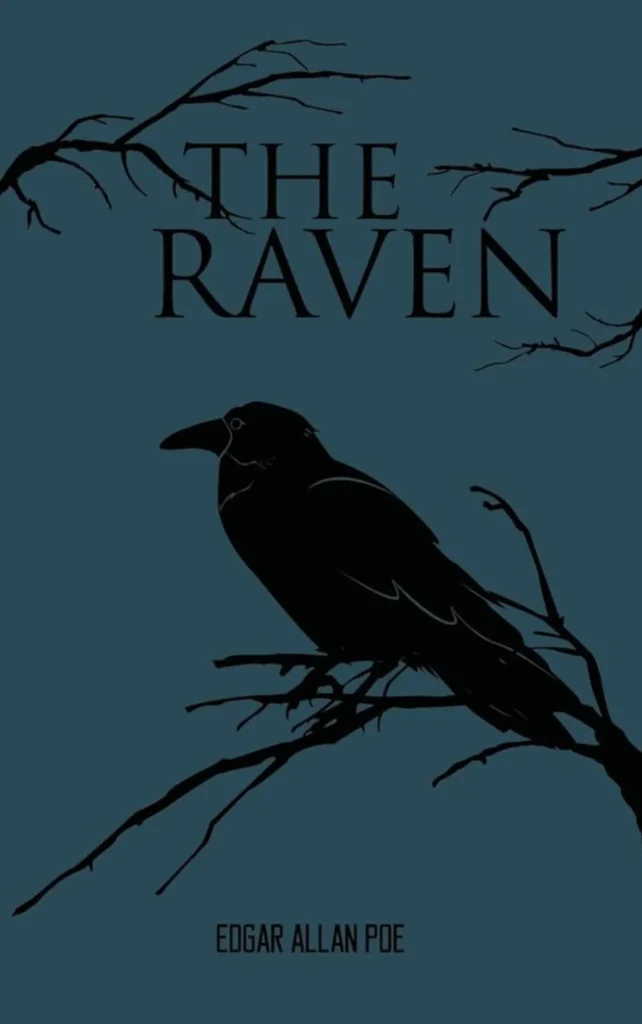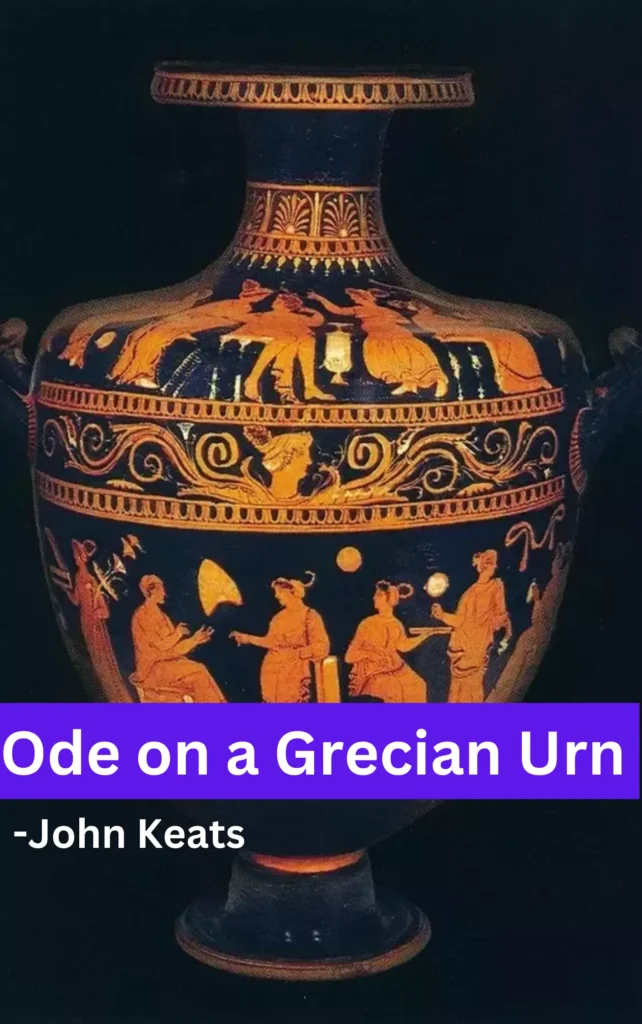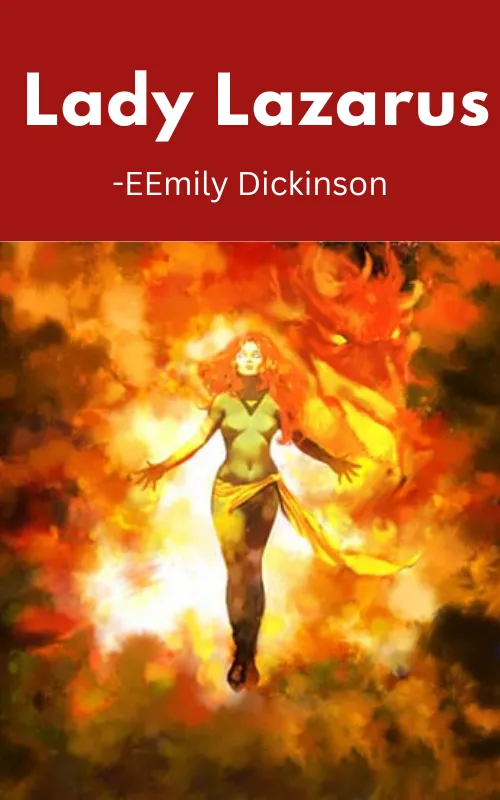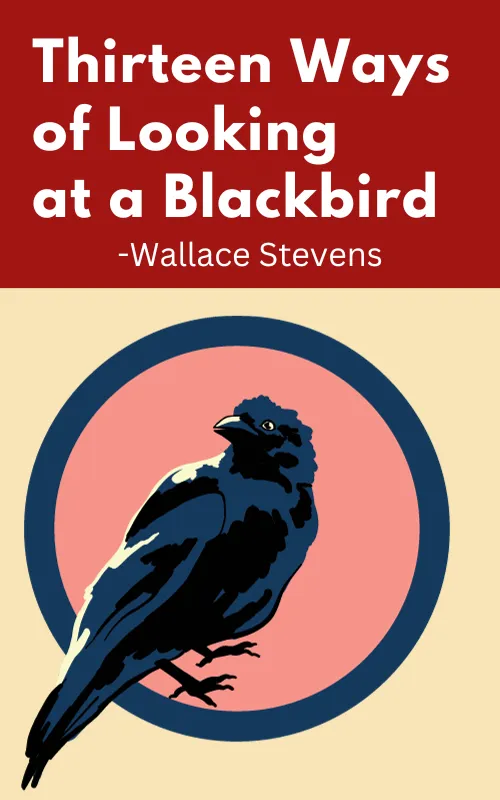About Poem: Casey at the Bat
| Title | Casey at the Bat |
| Author | Ernest Thayer |
| Date of Publication | Originally published in 1888 |
| Genre | Narrative poem, humor, and baseball |
| Rhyme scheme | AABB |
| Setting | Mudville, USA, in the late 19th century |
| Imagery | Baseball field, crowd, players, bats, balls |
| Theme | Overconfidence, disappointment, the importance of teamwork |
| Form | Six quatrains (four-line stanzas) in anapestic tetrameter (four pairs of syllables per line, with each pair consisting of two unstressed syllables followed by a stressed syllable) |
| Tone | Humorous, dramatic, and ironic |
| Main Characters | – Casey, the star baseball player of Mudville – The Mudville baseball team – The fans and spectators |
Themes: Casey at the Bat
The themes of “Casey at the Bat” by Ernest Thayer are:
- Hubris ➤ Casey’s overconfidence leads to his downfall. He is so sure that he can hit a home run that he doesn’t even try to swing at the first two pitches.
- Teamwork ➤ One player cannot win a game on his own. Casey’s teammates need him to succeed, but he lets them down.
- Failure ➤ Everyone fails at some point, even the best. Casey’s strikeout is a reminder that even the greatest players are not perfect.
Casey at the Bat Poem
The outlook wasn’t brilliant for the Mudville nine that day:
The score stood four to two, with but one inning more to play,
And then when Cooney died at first, and Barrows did the same,
A pall-like silence fell upon the patrons of the game.
A straggling few got up to go in deep despair. The rest
Clung to the hope which springs eternal in the human breast;
They thought, “If only Casey could but get a whack at that—
We’d put up even money now, with Casey at the bat.”
But Flynn preceded Casey, as did also Jimmy Blake,
And the former was a hoodoo, while the latter was a cake;
So upon that stricken multitude grim melancholy sat,
For there seemed but little chance of Casey getting to the bat.
But Flynn let drive a single, to the wonderment of all,
And Blake, the much despisèd, tore the cover off the ball;
And when the dust had lifted, and men saw what had occurred,
There was Jimmy safe at second and Flynn a-hugging third.
Then from five thousand throats and more there rose a lusty yell;
It rumbled through the valley, it rattled in the dell;
It pounded on the mountain and recoiled upon the flat,
For Casey, mighty Casey, was advancing to the bat.
There was ease in Casey’s manner as he stepped into his place;
There was pride in Casey’s bearing and a smile lit Casey’s face.
And when, responding to the cheers, he lightly doffed his hat,
No stranger in the crowd could doubt ’twas Casey at the bat.
Ten thousand eyes were on him as he rubbed his hands with dirt;
Five thousand tongues applauded when he wiped them on his shirt;
Then while the writhing pitcher ground the ball into his hip,
Defiance flashed in Casey’s eye, a sneer curled Casey’s lip.
And now the leather-covered sphere came hurtling through the air,
And Casey stood a-watching it in haughty grandeur there.
Close by the sturdy batsman the ball unheeded sped—
“That ain’t my style,” said Casey. “Strike one!” the umpire said.
From the benches, black with people, there went up a muffled roar,
Like the beating of the storm-waves on a stern and distant shore;
“Kill him! Kill the umpire!” shouted someone on the stand;
And it’s likely they’d have killed him had not Casey raised his hand.
With a smile of Christian charity great Casey’s visage shone;
He stilled the rising tumult; he bade the game go on;
He signaled to the pitcher, and once more the dun sphere flew;
But Casey still ignored it and the umpire said, “Strike two!”
“Fraud!” cried the maddened thousands, and echo answered “Fraud!”
But one scornful look from Casey and the audience was awed.
They saw his face grow stern and cold, they saw his muscles strain,
And they knew that Casey wouldn’t let that ball go by again.
The sneer is gone from Casey’s lip, his teeth are clenched in hate,
He pounds with cruel violence his bat upon the plate;
And now the pitcher holds the ball, and now he lets it go,
And now the air is shattered by the force of Casey’s blow.
Oh, somewhere in this favoured land the sun is shining bright,
The band is playing somewhere, and somewhere hearts are light;
And somewhere men are laughing, and somewhere children shout,
But there is no joy in Mudville—mighty Casey has struck out.
Casey at the Bat Summary & Analysis
Casey at the Bat is a classic narrative poem written by Ernest Thayer in 1888. The poem tells the story of a baseball game in the fictional town of Mudville, with a particular focus on the larger-than-life character of Casey, the team’s star player. This poem has become an iconic piece of American literature, celebrated for its vivid portrayal of sports, heroism, and the human capacity for both triumph and disappointment.
Stanza 1
The poem begins by describing the excitement and anticipation of the crowd in Mudville as the local baseball team trails by two runs. The town is ecstatic, eagerly hoping for their baseball hero, Casey, to save the day. The first stanza sets the stage for the tension and excitement that will follow.
Stanza 2
The second stanza introduces Casey, who is depicted as a larger-than-life figure. He is celebrated for his unparalleled skill and reputation as the team’s savior in crucial moments. The stanza describes Casey’s confidence as he steps up to the plate, ready to face the opposing pitcher.
Stanza 3
Casey’s personality and arrogance are highlighted in this stanza. He is utterly confident and dismissive of the crowd’s concerns. He exhibits a sense of invincibility as he readies himself to face the upcoming pitch. The stanza builds the anticipation of Casey’s impending at-bat.
Stanza 4
As Casey awaits the pitch, he shows a disdainful attitude towards the opposing pitcher, tossing his hair and looking haughty. The crowd eagerly watches, fully expecting their hero to deliver a game-changing hit.
Stanza 5
The stanza describes the pitch as it comes hurtling toward Casey. The tension in the air is palpable as the crowd’s hopes rest on Casey’s shoulders. However, much to their shock and dismay, Casey lets the pitch pass without swinging.
Stanza 6
The crowd is bewildered and disheartened by Casey’s decision not to swing. They view it as an inexplicable betrayal of their hopes, and a collective sigh of despair fills the air. The poem vividly captures the emotional rollercoaster of the fans.
Stanza 7
The opposing team and their fans are jubilant as they see Casey’s hesitance. They know that their victory is now more likely, and their cheers echo through the stadium. The tide has shifted, and the mood in Mudville has turned sour.
Stanza 8
As the game comes to an end, it is revealed that Casey’s decision not to swing at the pitch ultimately led to the Mudville team’s defeat. The crowd, once ecstatic and hopeful, is now despondent, and Casey has gone from being a hero to a pariah. The poem ends with a powerful reminder of the fickleness of fate and the unpredictable nature of sports.
FAQs: Casey at the Bat
What is the literal meaning of Casey at the Bat?
The literal meaning of “Casey at the Bat” is that Casey, the star player of the Mudville Nine baseball team, is batting in the bottom of the ninth inning, with the Mudville Nine down by two runs.
Was Casey at Bat a real baseball player?
No, Casey at the Bat was not a real baseball player.
Why is Casey at the Bat so famous?
Casey at the Bat is famous because it is a classic American story about the dangers of hubris and the importance of teamwork.
What is Casey’s tragic flaw in Casey at the Bat?
Casey’s tragic flaw is his overconfidence.
What is the point of view in the poem Casey at the Bat?
The point of view in the poem is objective. The narrator tells the story from a neutral perspective, without revealing any personal opinions or biases.
What does hoodoo mean in Casey at the Bat?
Hoodoo means a person who is considered to bring bad luck.
What is the foreshadowing in Casey at the Bat?
The foreshadowing in the poem is that Casey strikes out on the first two pitches, which suggests that he may not be able to win the game for his team.
Why is there no joy in Mudville at the very end of the poem Casey at the Bat?
There is no joy in Mudville at the end because their star player, Casey, struck out and lost the game for the team.
What does a hugging third mean?
“Hugging third” means that the player has reached third base and is standing close to it, waiting for a chance to score.
Who is the antagonist in Casey at the Bat?
Casey’s own hubris is the antagonist
How does the mood of the poem shift from the beginning to the end Casey at the Bat?
The mood of poem shifts from hopeful and excited at the beginning to disappointed and dejected at the end.



